With increasing inflation, many low-income people are unable to afford basic necessities and turn to government programs for help.
Low-income people will be happy to hear that the government runs many programs to help US citizens with food, utility bills, housing, etc.
General Assistance and Utility Bills
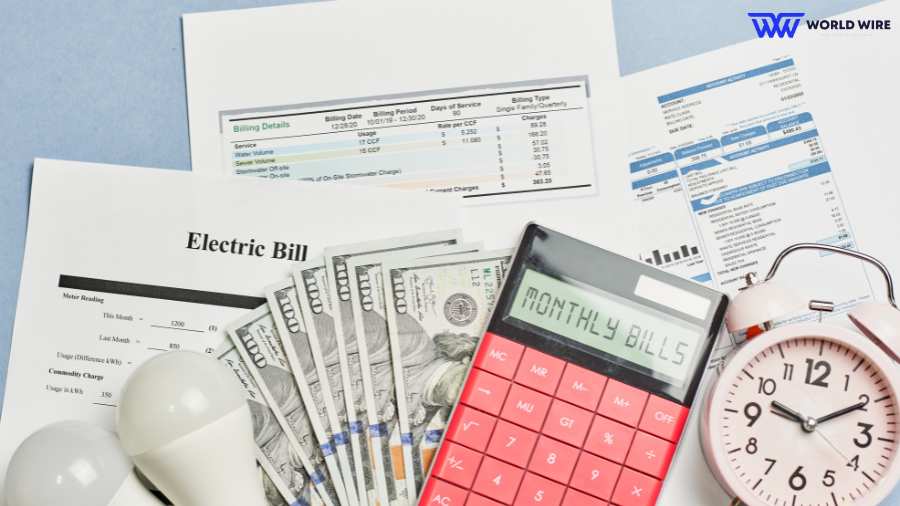
Here are the programs for general assistance and utility bills.
- Temporary Assistance for Needy Families (TANF): TANF provides financial assistance to low-income families with children, aiming to help them become self-sufficient. The program offers support for job preparation, work, and marriage.
- Low Income Home Energy Assistance Program (LIHEAP): Assists low-income households with their heating and cooling energy costs, including bill payments, energy crisis assistance, and weatherization upgrades.
- Weatherization Assistance Program (WAP): Helps low-income families improve energy efficiency in their homes for example, getting free windows replacement, reducing energy bills by providing services like insulation and upgrading heating and cooling systems
- Supplemental Security Income (SSI): A federal program that provides financial assistance to individuals who are elderly, blind, or disabled and have limited income and resources. SSI is designed to get free money for seniors over 60 to cover basic needs such as food, clothing, and shelter.
Food Assistance
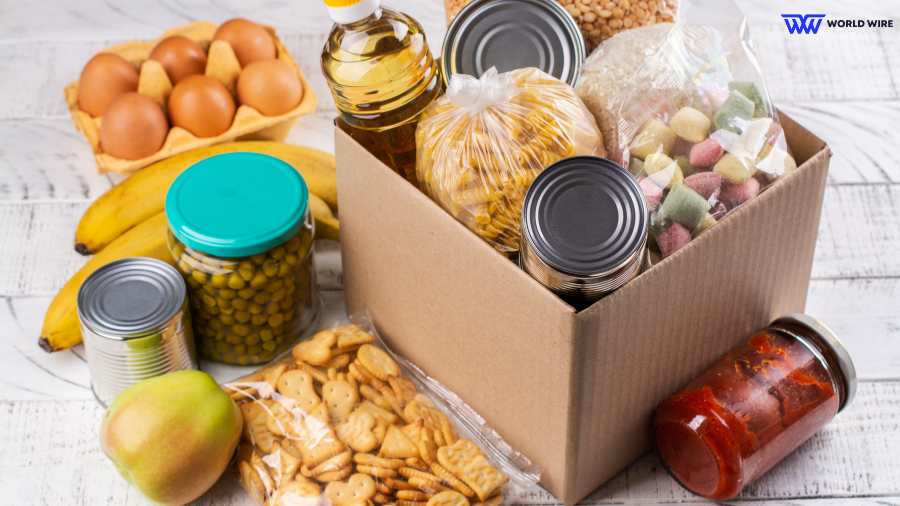
Here’s a brief overview of the programs that help low-income people with food and nutrition:
- Supplemental Nutrition Assistance Program (SNAP): SNAP helps individuals and families afford a healthier diet by providing funds through an Electronic Benefits Transfer (EBT) card, which can be used like a debit card at participating stores. Beneficiaries can even get free food delivery through EBT.
- Women, Infants, and Children (WIC): Supports the health of pregnant women, postpartum mothers, and children under 5 by providing nutritious foods, education on healthy eating, and referrals to healthcare.
- National School Lunch Program: This program offers nutritionally balanced, low-cost, or free lunches to children each school day, improving their nutrition and focus in school.
- School Breakfast Program: Similar to the lunch program, this program provides free or low-cost breakfasts to schoolchildren to ensure they start their day well-nourished.
- Special Milk Program: Designed to encourage milk consumption among children in schools and childcare institutions that do not participate in other federal meal service programs.
- Commodity Supplemental Food Program: This program targets low-income elderly people by providing them with USDA foods, aiming to improve their health and nutritional status.
- Food Distribution Program on Indian Reservations: This program supplies USDA foods to eligible households living on Indian reservations, helping them maintain a balanced diet.
- Disaster Supplemental Nutrition Assistance Program (D-SNAP): Activated after a natural disaster, providing temporary food assistance for sudden, urgent needs and aiding recovery for affected households.
Housing Assistance
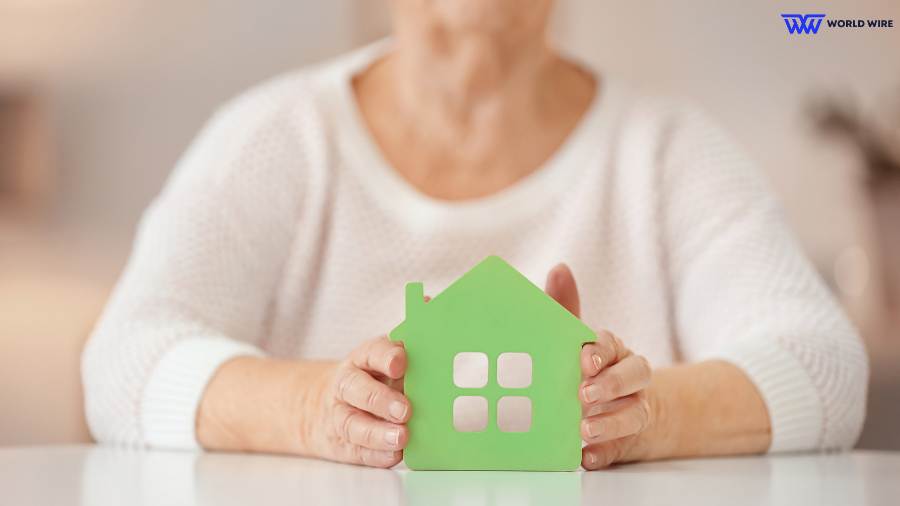
Here are some key government housing programs designed to help low-income individuals and families:
- Section 8 Housing Choice Voucher Program: Section 8 housing assistance offers vouchers to help low-income families, the elderly, and the disabled afford private market housing that meets program requirements.
- Public Housing: Managed by local housing agencies, it provides economically priced rental housing for eligible low-income families, the elderly, and individuals with disabilities.
- HOME Investment Partnerships Program: This program assists local governments in providing affordable housing for low-income tenants through grants for building, buying, and rehabilitating affordable housing.
- Housing Opportunities for Persons with AIDS (HOPWA): Supports housing assistance and related services for low-income individuals living with HIV/AIDS and their families.
Medical Assistance
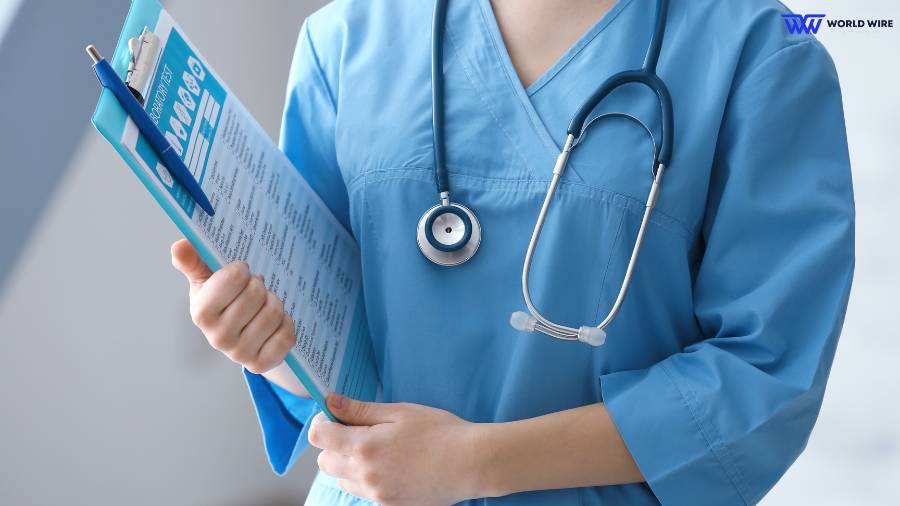
Here is the program that can help low-income people get medical assistance.
- Medicaid: Medicaid is a public health program that provides health coverage to low-income individuals and families. It covers a wide range of health services, including doctor visits, hospital care, pregnancy care, and more. Medicaid is jointly funded by the state and federal governments, and each state operates its own Medicaid program with guidelines set by the federal government. Eligibility and benefits can vary significantly from one state to another.
Internet Assistance

Along with basic necessities like food and housing, the government also helps low income with their internet bill.
- Lifeline Program: The Lifeline program offers a monthly discount of up to $9.25 on phone or internet services for eligible low-income individuals to ensure access to essential communications. This discount increases to $34.25 for residents on Tribal lands. Only one discount is allowed per household for either phone or internet service.





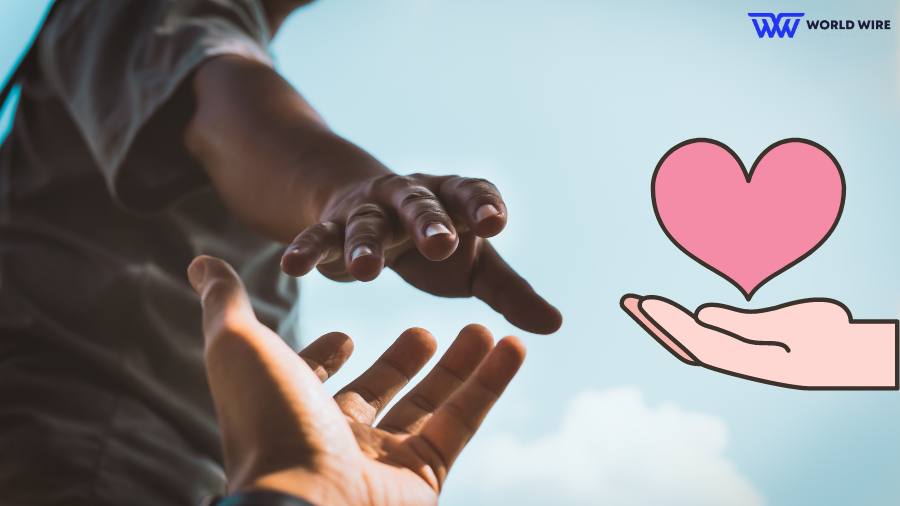

Add Comment